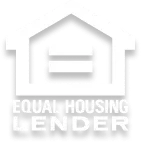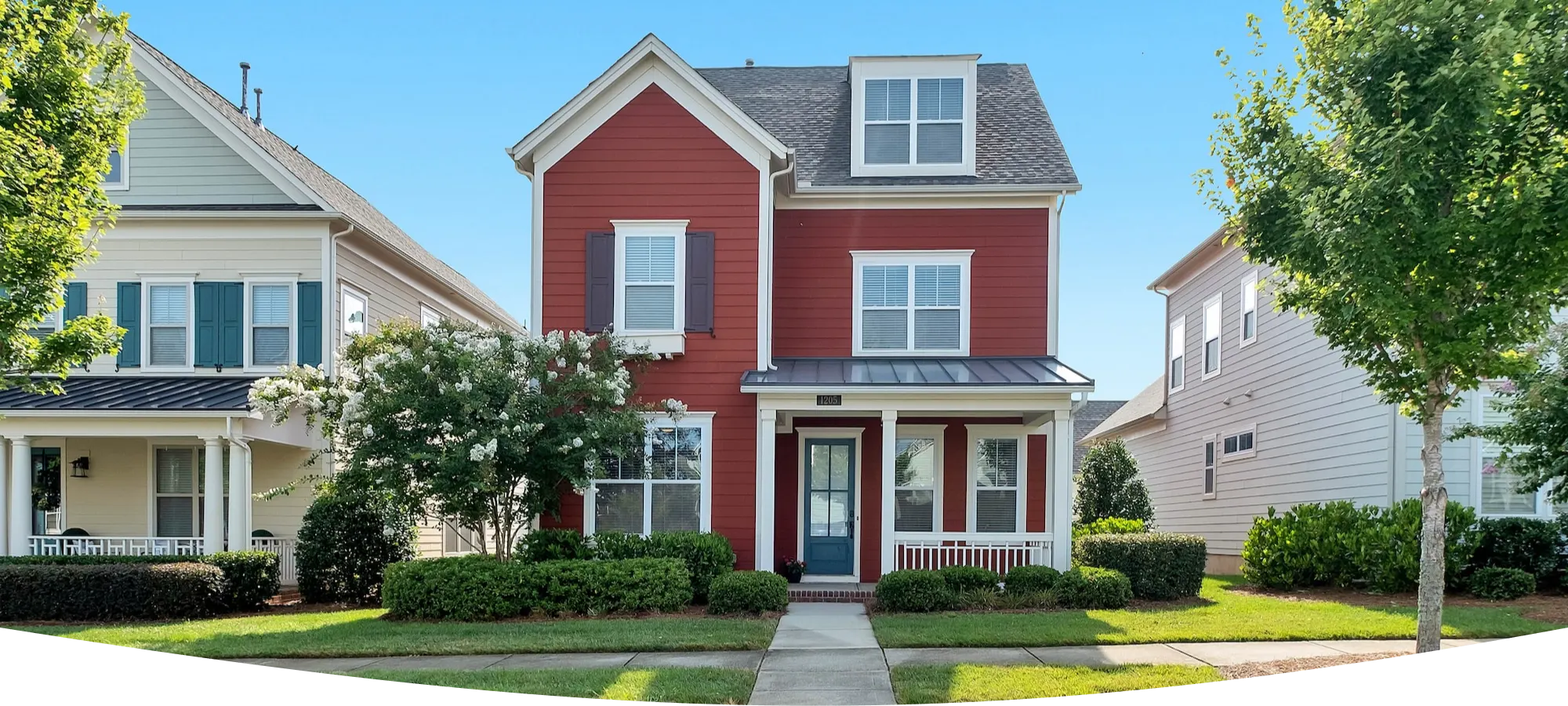What is a Reverse Mortgage?
Reverse Mortgage vs. Forward Mortgage:
An Easy Explanation
A forward mortgage is the type of loan most people are familiar with when buying a home. You borrow money to purchase a property, and over time, you pay it back in monthly installments, gradually building equity (ownership) in the home.
A reverse mortgage, on the other hand, works in the opposite way. It’s designed for homeowners aged 62 and older who already have significant equity in their home (or who want to buy a home with a large downpayment).
Instead of making monthly payments to the lender, the lender pays you, allowing you to access your home’s equity as cash. You’re not required to make monthly payments on the loan, but the loan balance grows over time with interest. The loan is typically repaid when you sell the home, move out, or pass away.
Key Difference:
This makes a reverse mortgage a tool for converting your home’s value into funds to support your financial needs in retirement. For some people this can be just the tool they need to support themselves in retirement.





